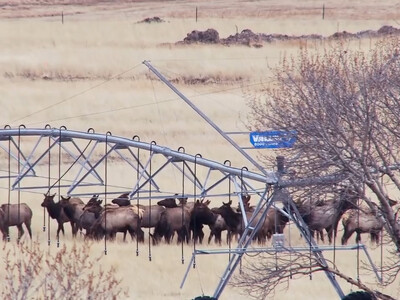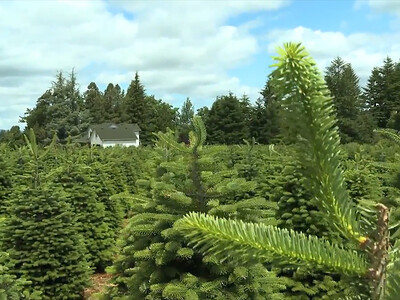Proactive Ranching
Many are of the mindset that natural is always better and I’ve seen this mentality in both the horse and livestock industries. When it comes to calving and newborn cattle, advances in disease prevention have saved the lives of many a calf that would have perished in the wild, I’m Susan Allen, Open range will return after the break. Movies glamorize the early cattle era be it British barons in the Rockies, Longhorn drives in Texas or the twelve years from 1834 to 1846 when the California Coast became a string of private rancho’s with vaqueros intent on breeding wild cattle. According to an online piece in Drovers from the Iowa Beef Center, the death rate of cattle that roamed naturally would be unprofitable for today’ livestock producer. Yet the act of “putting up fences, crowding the animals, fixing calving season and giving cattle no choice as to fed, has also contributed to loss. Thus the group advocates taking offensive steps for cattle herd management that include testing a representative number for blood selenium, zinc, and serum copper, to prevent or reduce diarrhea outbreaks that are deadly for calves. Another proactive recommendation is to get samples to a vet before the situation gets out of hand for diagnosis. A good rancher becomes great when he or she looks to professional contacts; veterinarian, extension agent, nutritionists, even fellow producers for information. To quote the Iowa Beef Center,” Subpar husbandry and (I’ll add, be it with horses or cattle ) usually cannot be overcome by anything that comes through a needle, a tube, or a balling gun!


















